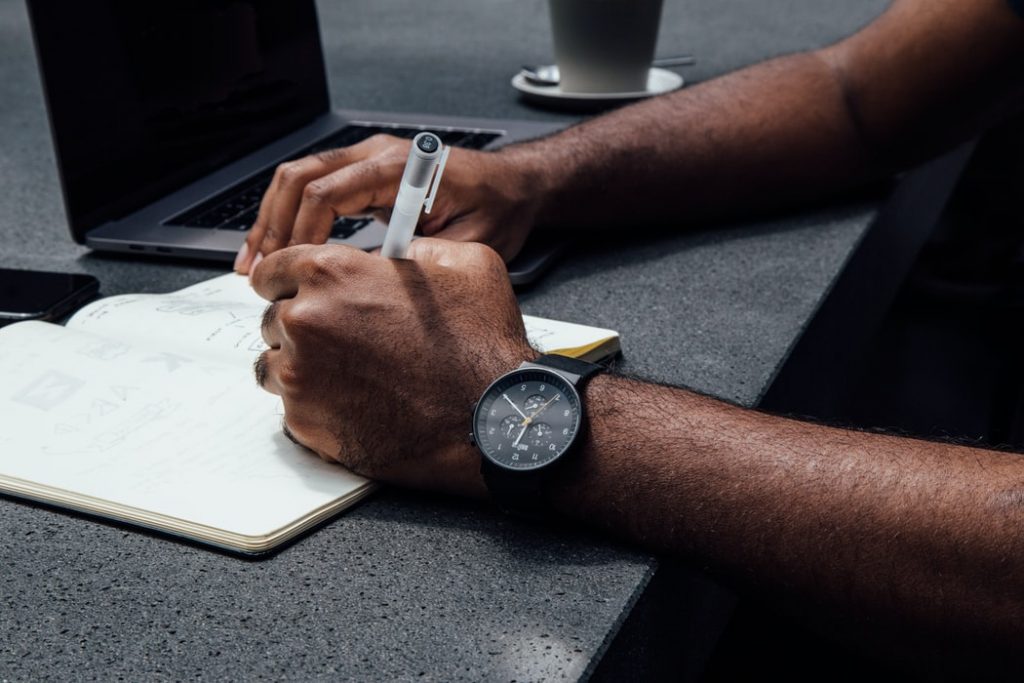What is continuous product discovery? And what are the best practices to become a successful team?
Introduction
Product management is changing. We no longer manage our teams by outputs. On the other hand, we manage our teams by outcomes.
Also, we now ask our teams to give value to our customers and our business as well. We want them to find the best way to produce our product.
But how is that possible? What are the three best practices of continuous product discovery?
#1 Best Practice: Collaborative Mindset
It is vital that we first adopt a mindset of being willing to collaborate.
In reality, this is not easy to have. Why? Working together with various product teams can be very hard.
So, what can we do?
First, avoid opinion battles. We want to do debates. It is the wrong way to make decisions on what product to build.
Remember, we want to have a collaborative mindset. Now, collaboration is not pushing your point of view.
But, you have to explore everyone’s point of view. Then, we want to use those perspectives to combine a new point of view.
Thus, work hard to develop and keep a shared understanding. It is vital for your business, customers, and solutions.
#2 Best Practice: Continuous Mindset
The second best practice is having a continuous mindset. Having this type of mindset means thinking that your discovery is never done. Thus, you continue to make improvements.
Continuous discovery is doing product discovery regularly. Also, it is connecting with your customers weekly.
Businesses adopt this where they conduct small product activities. Thus, at the end of this discovery, you’ll be able to make your desired product results.
Why is this important? Well, there are two main reasons:
- We make product decisions daily. Big or small, we want to apply these decisions to our product.
- We should connect with customers weekly. Remember, we want our product to be customer-related. So, it gives value to them.
Also, we want to continue to discover opportunities. These come from your customers’ needs, desires, and wants.
Thus, identifying that opportunities will help you understand your customer well. You’ll also find out if you have successfully addressed their concern.
Additionally, we want to make more solutions for the same opportunity or problem. So, we can avoid asking ourselves, “Is this idea really good or not?”
Hence, as we explore more solutions, our opportunity space improves. As our opportunity space improves, we learn if our outcome is feasible and effective.
#3 Best Practice: Experimental Mindset
Finally, we want to have an experimental mindset. We can achieve this by testing our solutions using measurement tools.
Some examples of these are:
- A/B testing
- prototyping
- concierge tests
- smokescreen test
Also, we run these experiments no just because we want to learn about the success cases. We do these experiments to learn from the failed solutions.
Regardless of our product, we have to be mentally prepared to be wrong.It is what we also call the benefit of the doubt. We also want to have this doubt in our decision making.


